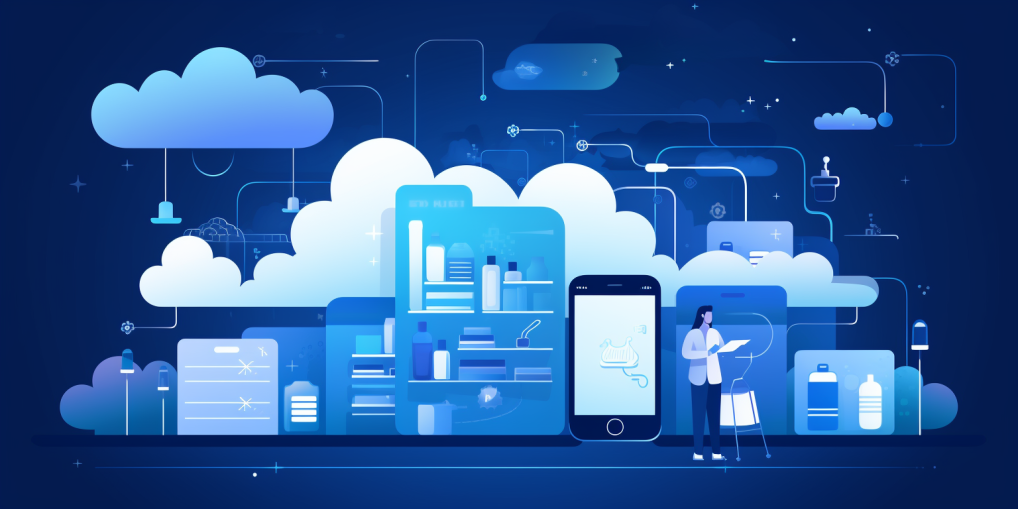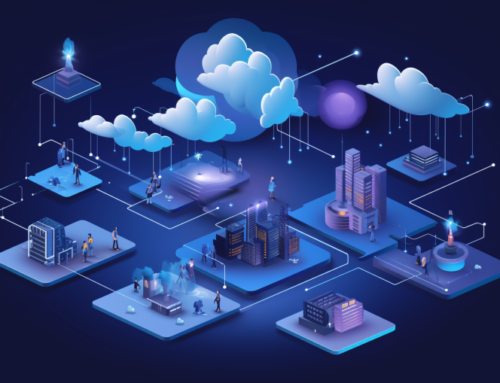Pharmacies are more than just retail outlets; they are an essential cog in the healthcare wheel, impacting millions of lives by ensuring timely availability of medications. In many countries, notably the United States, pharmacies serve as a lynchpin for dispensing prescription drugs.
However, a range of challenges posed by legacy systems threaten the efficiency of these establishments, particularly in an age when tech-driven startups are disrupting the healthcare landscape. The time is ripe for traditional pharmacies to embrace technological advancements, particularly application modernization on cloud, to revolutionize patient care and remain competitive.
Challenges of legacy systems
Traditional pharmacy management systems, often localized to individual stores, bring with them a host of complications:
- Managing IT infrastructure across various locations is cumbersome and costly.
- Fragmented patient data limits the ability to provide seamless customer service and leads to redundant patient records.
- Dependency on single data centers reduces resilience against operational hiccups.
- Prescription processing can be slow and prone to errors, as manual interventions are usually required to verify information.

Cloud-AI synergy: Elevating patient and pharmacist experiences
By migrating to cloud-based platforms, pharmacies can harness an array of benefits that uplift both patient and pharmacist experiences:
- Speed and accuracy: Cloud and AI technologies like computer vision and optical character recognition (OCR) can process millions of prescriptions in milliseconds, reducing wait times and boosting accuracy.
- Automated refill and verification: Automated label scanning and drug image verification simplify the drug refill process.
- Data harmonization: Centralized databases powered by machine learning can eliminate duplicate patient records and unify data, enabling pharmacists to focus more on patient care rather than administrative tasks.
- Remote care: Cloud-based systems facilitate remote patient care, broadening the reach of pharmacies and contributing to better patient outcomes.
Roadmap for application modernization on cloud
Migrating from legacy systems to cloud-based platforms requires strategic planning:
- Overall Approach: Decide between phased modernization and a full-scale, immediate transition based on your risk appetite, readiness, and business objectives.
- Co-existence strategy: Allow legacy and modernized applications to run in parallel to ensure uninterrupted services during the transition period.
- Offline capabilities: Include a contingency plan to maintain essential in-store services during internet outages or network issues.
- Security and compliance: Modernized applications must adhere to industry standards and regulatory norms, ensuring data privacy and security.
- User experience and deployment: Design intuitive applications to secure user buy-in and opt for phased rollouts to minimize transition risks.
- Interoperability: Your new system should integrate seamlessly with external healthcare applications like electronic health records and federal drug databases.
Focusing on patient outcomes
The evolution of healthcare is inexorable, and only those pharmacies that adapt will remain competitive. Cloud-based platforms like Microsoft Azure offer a powerful toolkit for modernizing pharmacy applications, improving patient outcomes, and maintaining pace with the industry’s rapid changes, all while cutting costs and boosting operational efficiency.
By transforming their technological infrastructure, pharmacies aren’t just modernizing their business; they’re enhancing the quality of care they can provide to millions. And in healthcare, that’s the most critical bottom line.


